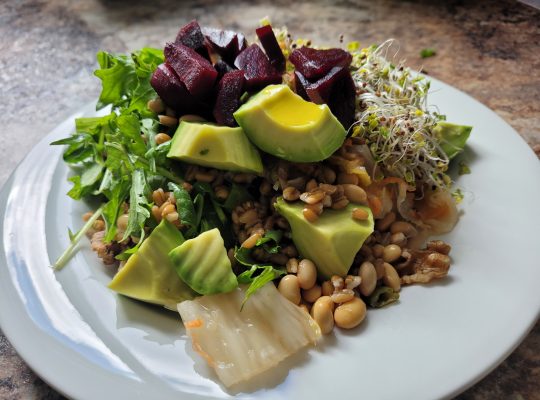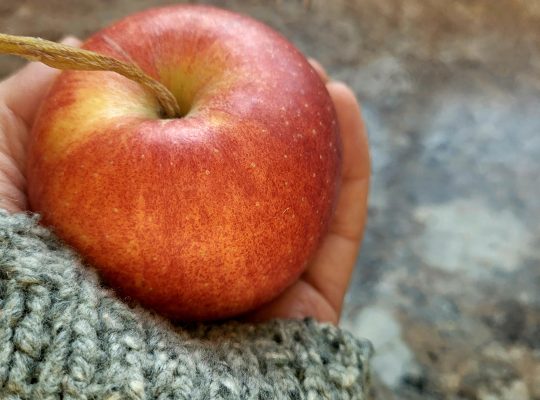Here’s a head scratcher: Not all fat we carry on our bodies (or inside of them) is the same, and yes, one kind is better than the other.
And there’s something else we need to get out of the way before we go on: being too thin as we age can be detrimental, much like being too heavy. It’s the sweet spot in between that we’re after.
The many changes that we face as we age
We start losing muscle and gain fat instead, we also lose muscle strength which can be discouraging when it comes to being active, and we experience various degrees of what’s called inflammaging – low-level inflammation that comes with getting older. Our joints can get sore and that slows us down even more. Oh, and we can also see our insulin sensitivity decrease.
All this means that we get somewhat ‘thicker’ as we age. It’s not inherent though and it’s not all bad. Our bodies do go through some changes as we get older, and we ought to acknowledge that.
Some you see, some you don’t
If some of these changes can be somewhat brushed off because they are for the most part less visible (you still should not though), some are not. The aging-related weight gain is unsettling for many, but there’s one type of fat that’s particularly deleterious for health and to be fair, it’s not necessarily aging-related, and that’s visceral fat.
When there is an increased volume of visceral fat, there’s usually a cluster of other troubling symptoms: disrupted lipid profile, increased inflammation, reduced levels of the HDL, known as ‘good’ cholesterol. Also, increased cortisol levels and lower testosterone
Also, a person can be slender but still have a worrying amount of visceral fat and they can have insulin resistance, but let’s just leave this one for another post.
This fat versus that fat
Visceral fat is bad because it wraps around your internal organs (liver, kidneys, gut), and it is strongly associated with metabolic syndrome and insulin resistance. As you would infer, the mortality risk increases with the amount of visceral fat and so does mortality risk.
The better-for-you fat is the subcutaneous kind (that’s the fat you see on your belly, thighs and bum, for example), but of course, we should not have too much of this either. One reason is because fat, even the subcutaneous kind, is not an inert mass; it is metabolically active which means that it will produce hormones for example, which impact metabolism.
Can we reduce both?
Yes, we can. Since subcutaneous fat is the visible kind, changing diet and lifestyle will do the trick. The visceral fat on the other hand, is mostly invisible and it’s trickier to lose. But not impossible.
Here are a few actionable steps anyone can take to help reduce, and prevent, the accumulation of visceral fat:
- Get good sleep – you will have lower levels of cortisol and also your hunger will be kept in check
- Eat whole foods, and mostly plants (that means a high intake of complex carbohydrates, including soluble fibre)I
- Include fermented foods (sauerkraut, kimchi, fermented soy products, kefir and yogurt)
- Make sure to have a proper amount of protein (in accordance to body weight), either from plant or animal sources
- Skip the ultra-processed foods which (junk food, sugar-added treats)
- Schedule more aerobic exercise
- Maintain a fast for 12-14h (no food a couple of hours before bed)
- Drink less alcohol
Start with one and add the rest as you go. Baby steps work better than giant leaps when it comes to health-related goals.







